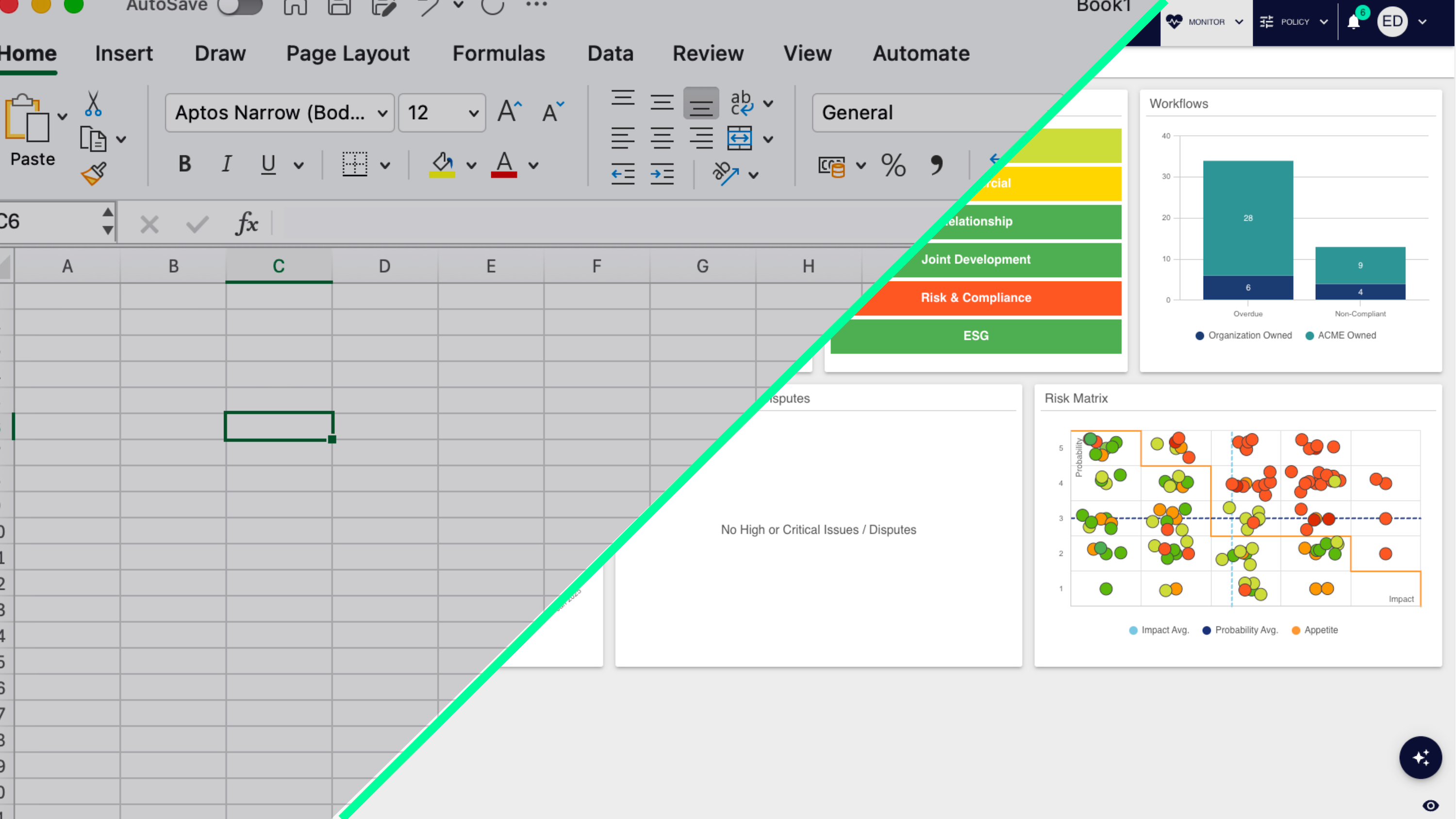AI tools like OpenAI’s ChatGPT are freely available, causing unapproved use of generative AI tools in the workplace. While GenAI offers tangible benefits, it needs to be deployed in the right way. As the adoption of AI continues, organisations must implement clear policies and robust governance to mitigate risks associated with uncontrolled AI usage.
Effective governance provides a set of policies, principles, and guidelines that shape how a company operates, makes decisions, and ensures accountability. Regardless of the industry, governance acts as a guiding force through internal processes and external interactions, instilling trust, maintaining ethical standards, and safeguarding a business’ reputation and sustainability.
The integration of AI into the workplace is not a distant future but an inevitable reality. Failing to establish governance and control mechanisms can lead to fragmented approaches, unguided testing, and potentially damaging outcomes. This blog explores the critical importance of implementing robust governance and control measures for AI in the workplace, providing practical approaches as these capabilities evolve.
Setting a Policy:
The foundation of effective AI governance starts with a well-defined policy. Employees are likely to adopt AI tools independently, emphasising the need for a clear policy to guide their actions. Regular updates, at least every 2-3 months, are crucial in the dynamic landscape of AI development. The policy should cover essential sections such as:
- Introduction
- Scope
- Policy Outcomes
- Purpose
- Definition of AI
- Responsible Use
- Data Privacy
- Bias and Discrimination
- Transparency
- Continuous Monitoring
- Consequences
- Implementation
- Feedback
- And Contact
Ensuring accessibility and active communication of the policy to colleagues is equally important.
Establishing Principles:
Distil the policy into easily understandable principles or guidelines to communicate the company’s preferred approach to AI use. These principles act as a Do’s and Don’ts list, offering guidance on topics like evaluating AI use cases, validating responses, and handling sensitive data during testing. Regular feedback and updates to the principles list will help maintain alignment with evolving AI technologies.
Provide a Template:
For consistent adherence to policy and principles, provide templates for designing and building AI use cases. A well-structured template aids in developing the business concept, aligning with the policy and guidelines. Requiring minimal reference to policy documents, a good template ensures greater compliance and simplifies the ideation process.
As businesses embrace the transformative power of AI, establishing governance and control measures is paramount. A well-crafted policy, clear principles, and user-friendly templates guide employees in harnessing AI’s potential responsibly. Regular updates and adherence to the outlined stages for building generative AI use cases ensure a secure and controlled integration of AI into the workplace. By doing so, companies can navigate the AI frontier with confidence, maximising the benefits whilst minimising the risks.
Want to learn more about AI?
Nick Francis, CTMO at Brooklyn Solutions, deep dives into the history of AI, and why it is now the time to start incorporating it into your strategy in our latest whitepaper. Following on from this discussion of when not to use AI, the whitepaper touches upon the tangible and quantifiable benefits of GenAI in Customer-Supplier Management if used in the right way. To learn more, download our whitepaper for the ultimate GenAI guide.



